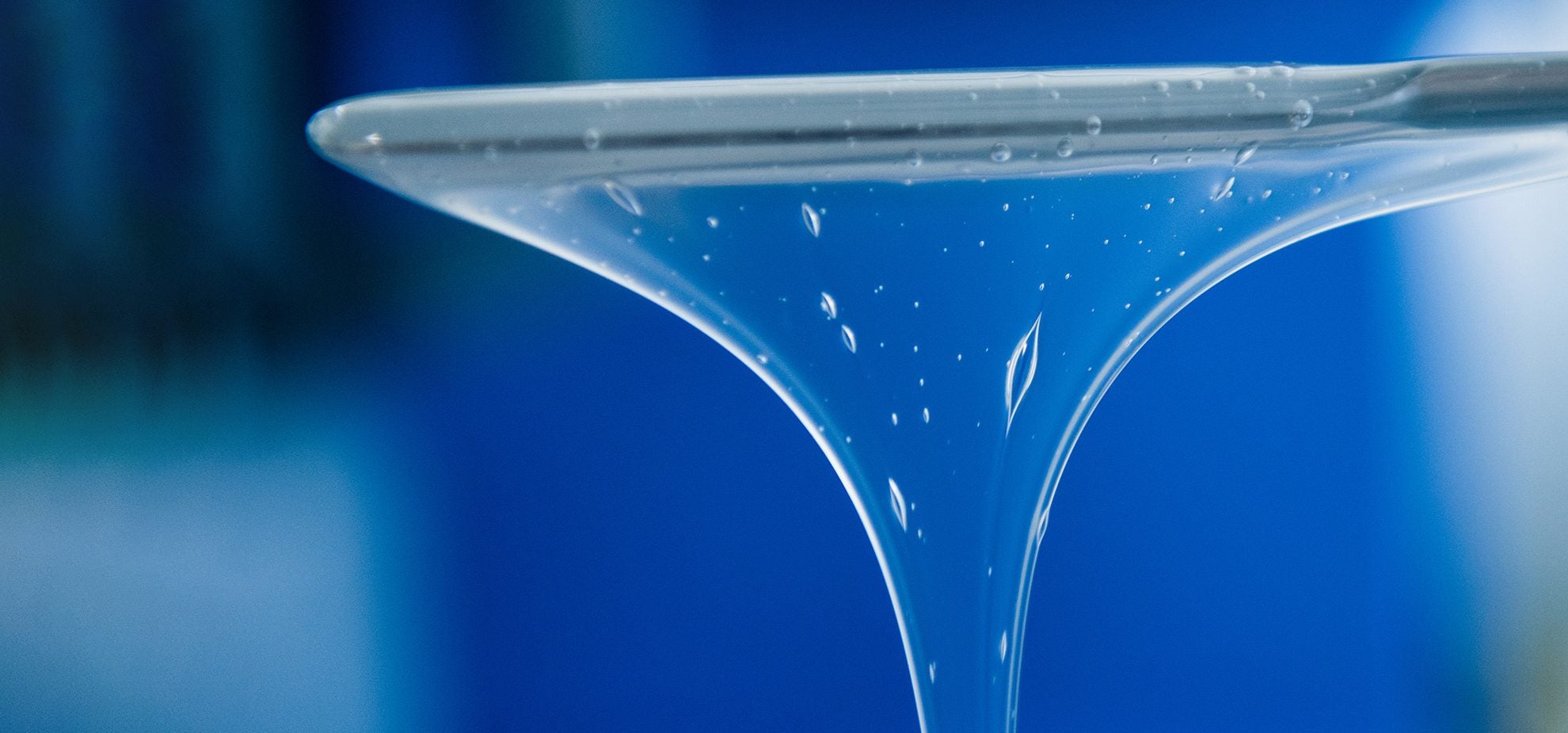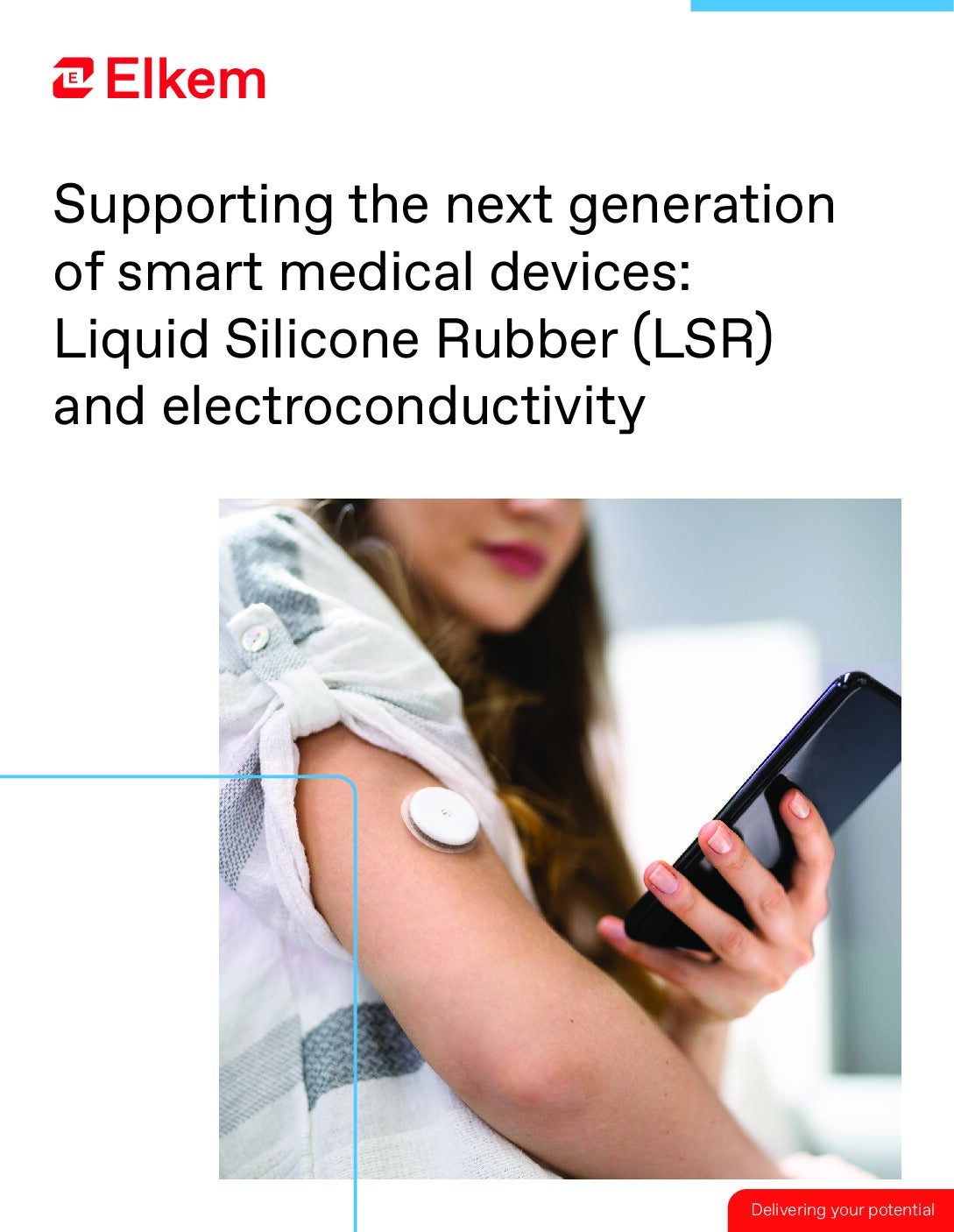
Silicone is a highly versatile material widely used across many industries. Over the past 60 years, medical-grade silicone has been a material of choice for medical device OEMs, and the number of complex and safety-critical applications in this field continues to grow – from surgical devices and implants to orthotics, prosthetics, and more.
Silicone’s unique properties are behind all its advantages for medical device manufacturers. Medical Device Network and Elkem, a leading supplier of medical-grade silicone materials, explore the key features that make silicone a must for medical devices.
Biocompatibility
There’s a lot of criteria when it comes to selecting the right materials for a medical device, yet biocompatibility remains firmly at the top of the list. Thorough testing is required in this area to ensure the device does not produce any toxic or immunological response in the patient.
Due to their chemical inertness, the wide variety of silicone technologies have an excellent level of biocompatibility, making them safe for use in surgical applications. In fact, medical-grade silicones certified to ISO 10993 requirements are one of the few materials that meet the strict standards for long-term implant.
Durability
The Si-O-Si bonds that make up silicone’s chemical backbone are extremely strong, resulting in the material’s high durability levels. As a result, silicone materials provide strong resistance against aggressive external conditions, including UV radiation, oxygen, and a wide range of temperatures.
Medical professionals require equipment and devices that can withstand the harsh realities of their environment, which includes the extreme conditions of their sterilisation processes. Medical-grade silicone holds up well when sterilised with a variety of methods, from autoclave and chemical solutions to gamma irradiation and more. While other plastics are known to degrade, colour, and become damaged over time, silicone stays stable.
Comfort
When a patient’s body is already under a lot of stress, the last thing a medical practitioner wants to do is put it through more trauma with uncomfortable procedures and equipment. In the worst-case scenario, this could result in secondary injuries linked to the treatment.
Silicone is both comfortable and conformable thanks to the flexible structure of its Si-O-Si chain. Using medical-grade silicone in any part of the device that interfaces with the patient’s skin (and even the surgeon’s hand) is a great choice. This is not only important for equipment such as catheters but also for long-term implants like stents and pacemakers and for technologies worn outside of the body such as prosthetics, wearables, and respiratory masks.
Silicone’s softness also makes it a suitable material for low-trauma wound care products such as dressings, bandages, and surgical tapes. Using a medical-grade silicone product with soft adhesion reduces the irritation and sensitisation associated with the removal of traditional medical adhesives.
Moreover, no harmful chemicals such as phthalates and additives are added to silicone to achieve its softness, flexibility and durability. Such endocrine-disrupting chemicals are widely used in other plastic materials and are under a high level of scrutiny. The fact silicone has never needed to be processed with them further confirms its suitability for clinical use, where patient safety is naturally of upmost importance.
On top of these three key benefits, medical-grade silicone continues to be a popular choice due to its impressive versatility. Under the Silbione™ brand, Elkem Silicones offers medical-grade technologies with varying properties of softness, meeting the diverse needs of so many medical devices.
Finding the perfect supplier for your product can be a difficult task, with three main areas to consider. These include the company’s ability to innovate, to supply, and to support along the journey to regulatory approval. In the webinar below, Elkem addresses these three requirements for a successful partnership and outlines its own approach to collaboration. To discover more, please download below.



